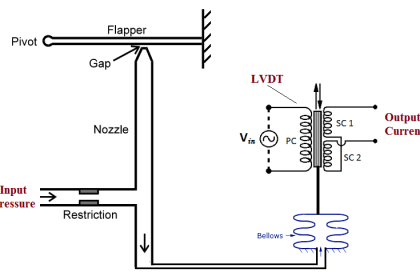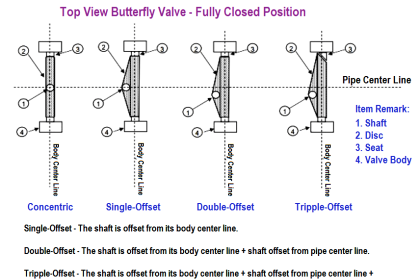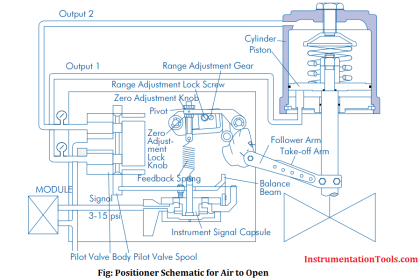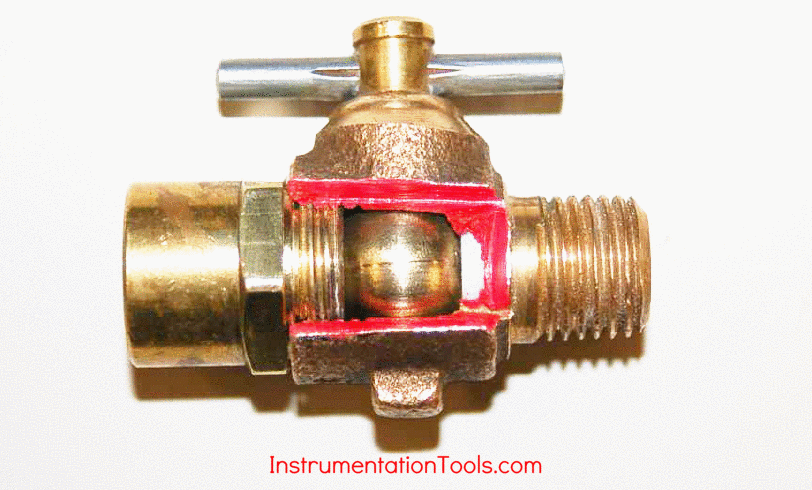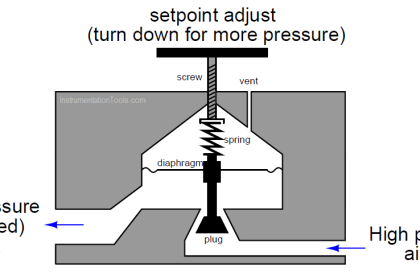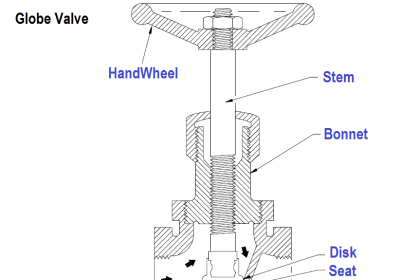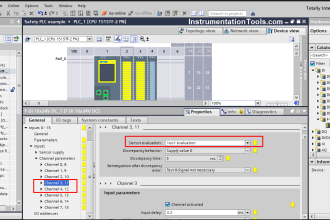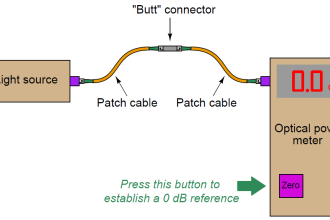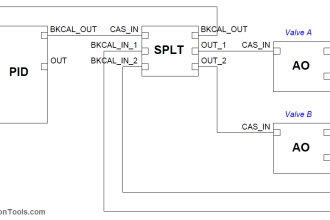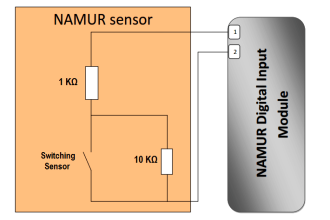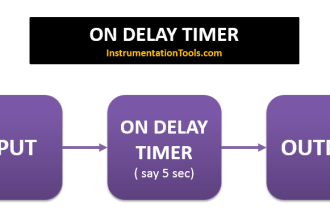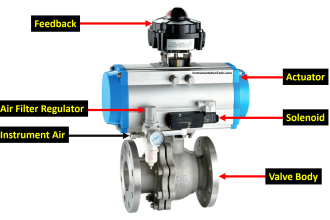Valves are a very important part of process industrial automation systems. There are many types of valves used in an application. So, it is important for an engineer to know their classes and uses. Two suçh types of general valves are a control valve and a shut-off valve. The name suggests that it is easy to distinguish between them, but they have many differences. In this post, we will see the difference between the control valve and the shut-off valve.
What is a control valve?
A control valve can also be defined as an analog valve. It means that a control valve will open or close at a variable position and halt at the desired position. It can be anything like 20 percent, 40 percent or any other value. Due to this, the flow of media like gas or liquid is accurately controlled in this valve. They modulate the flow of media according to their set position. Thus, they are dynamic in nature as they allow for precise control of the flow.
As we saw the nature of this valve, they are specifically used for PID control through PLC or other types of controller. This will maintain your required flow of the media as it can vary its opening or closing according to your requirements.

What is a shut-off valve?
A shut-off valve can also be defined as a digital valve. It means that a shut-off valve will open or close fully and halt at the end position, which means it cannot be varied. It can be either 0 percent or 100 percent. Due to this, the flow of media like gas or liquid is not accurately controlled in this valve. They cannot modulate the flow of media according to their set position. Thus, they are static in nature as they do not allow for precise control of the flow. Shut-off valves will safely restrict or permit the flow of media, as they act instantly and allow for quick results.
As we saw the nature of this valve, they are specifically used for critical shutdown control through PLC or other types of controller. When it is required to immediately start your flow or stop your flow, this valve will act swiftly and instead, not control it. Hence, this is more of a type of safety valve, where it will control the startup and stop sequence of a process.
Control valve vs shut-off valve
- A control valve will vary the flow of media, whereas a shut-off valve will start or stop the flow of media.
- A control valve will allow for continuous adjustment of the media flow, whereas a shut off valve will allow for complete shutdown or startup of the flow.
- Popular examples of control valves are globe valves, butterfly valves and plug valves. Popular examples of shutoff valves are gate valves and ball valves.
- Control valves cannot offer accurate and reliable shutdown sequences in critical areas, as it is defined for controlling rather. This work can be done more accurately by a shutoff valve.
- A control valve is shortly abbreviated as CV or PV. A shutoff valve is shortly abbreviated as XV.
- As we know the nature of both the valves, control valve is more specifically used in closed loop control, whereas shutoff valve is more specifically used in open loop control.
- The control valve is more complex to operate and requires extensive training which is not the case in a shutoff valve, as it is easier to operate and also requires less training.
- Control valves
- Control valves have tolerance factors for leakage, which means it can accept some leakage in the media flow through it. But, the shutoff valve is not allowed to be designed with even a minute leakage, as it is used for critical applications and cannot be afforded.
In this way, we saw the difference between a control valve and a shut-off valve.
Read Next:
- Identify Valve Parts Quiz with Answers
- Top 100+ Valve Questions and Answers
- Valve Abbreviations in Engineering Drawing
- Motor Operated Valve Root Cause Lesson
- Safety Relief Valve Quiz Test Questions

